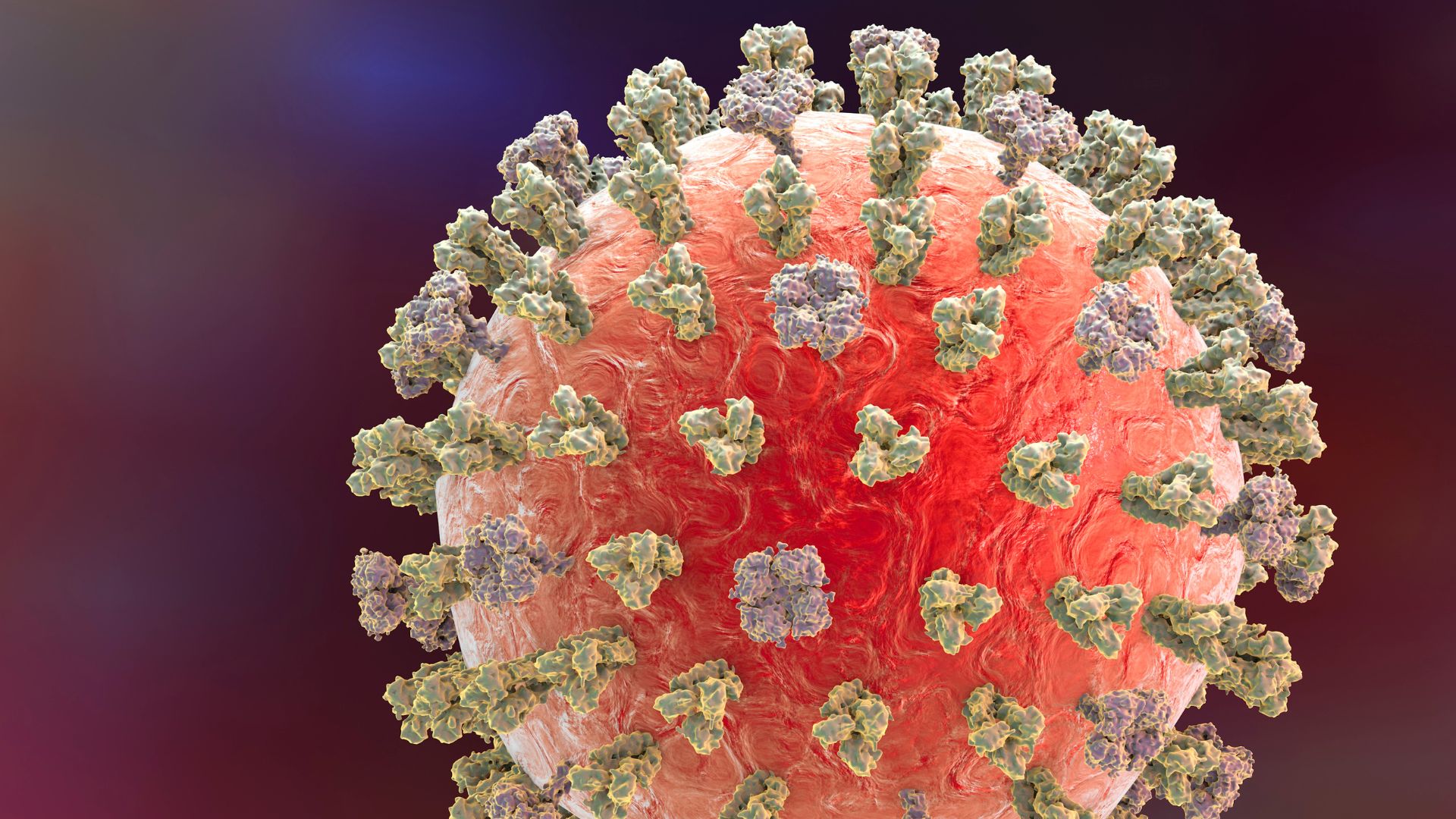Vanilla dreams, dopamine schemes.
Everyone knows nicotine is an extremely addictive substance, so it makes sense that people who might want to quit vaping — or not get hooked in the first place — would try a nicotine-free option as a safer alternative.
But a new study suggests they might not be as in the clear as they think.
Male and female adolescent mice were exposed to flavored aerosols to see how they affected the flow of dopamine in brain regions that control rewards, perhaps influencing their mood, pleasure or addiction.
Four combinations of flavors and nicotine led to heightened reinforcement-related behaviors: nicotine paired with menthol, cherry or vanilla — as well as vanilla flavor on its own.
Notably, vanilla-flavored vapor alone, even without nicotine, was enough to prompt behavior linked to reward-seeking.
In contrast, cherry flavor by itself did not have the same effect.
The research also showed that green apple and vanilla compounds can alter the activity of nicotinic acetylcholine receptors — the same proteins that nicotine hijacks to create dependence.
All told, it presents a fairly scary picture of how any kind of vaping can negatively impact the brain — especially young, developing ones.
“These findings are significant because they demonstrate that some electronic nicotine delivery systems (ENDS) flavors can modulate the brain’s dopamine system — specifically in the nucleus accumbens, a key reward center — even without nicotine present,” lead investigator Brandon J. Henderson, associate professor of biomedical sciences at Marshall University, said in a statement.
“This raises important questions about the potential for addiction-like behaviors in adolescents who use flavored vape products marketed as nicotine-free.”
The findings align with other research indicating nicotine-free vapes may still carry cognitive risks.
A 2021 study found that even nicotine‑free, flavor‑free e‑cigarette vapor altered lung responses in female mice.
And another 2021 study suggested that while flavored vapes alone don’t appear to be addictive, their presence did boost nicotine’s appeal.
Mounting evidence points to the health hazards of vaping in general.
Recent research revealed that e-cigarettes release a shocking amount of toxic metals, with some producing more lead in a day’s use than nearly 20 packs of traditional cigarettes.
Some of the devices contained nickel and antimony levels that could increase the risk of cancer, as well as lead and nickel emissions that could lead to brain and lung damage.
Equally worrying is that the newer, disposable vapes seemed to emit more toxic metals than earlier, refillable vapes, according to the study.
While New York and the federal government restricted the sale of flavored e-cigarettes or vapes in 2020, the ban has not really been enforced — and new e-cigarette products are continuously emerging.













